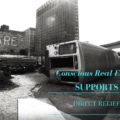5 Products to Save Money on Your Energy Bill

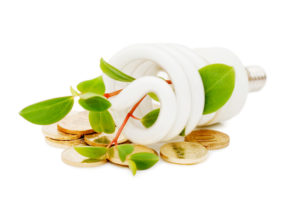
1) To uncover insulation-poor spots in your home that leak heat in the chilly winter months, a spot infrared thermometer will be your new best friend. Aim this $30 gadget at a bit of wall or ceiling to locate cold patches that could use extra insulation or caulking. Before these were around, you would have to call a professional to perform an energy audit on your home (which could cost hundreds of dollars), but now you can take matters into your own hands.
2) Your electricity bill probably jumps in the summer months due to air conditioning. What you may not have considered is how effective ceiling fans are as an alternative to the AC. Unlike regular fans, their raised and central position allows them to circulate air and cool an entire room, and a typical ceiling fan uses about the same amount of power as a 100-watt incandescent light bulb. Even if you already have an AC for unbearably hot days, you can also purchase an Energy Star-rated ceiling fan, for energy savings all year round.
3) Low-e (low-emissivity) windows are windows where the glass has been treated with a special metallic coating that allows them to be more insulating, therefore, much more energy-efficient, reducing the amount of mechanical heating and cooling that you need. In order to improve the thermal efficiency of the window, a thin layer of coating is applied to the glass’ surface, resulting in glass that cuts back the amount of UV and infrared radiation that is able to shine into your home in the hot summer months, and also allowing less radiant heat to escape through your windows during the winter months. Many low-e windows are Energy Star qualified and can lower your monthly electricity bill up to 15%. Almost every window size and shape today comes in a low-e version and these products can also make your home more comfortable in the winter by keep drafts at bay and keep your furniture from fading due to sunlight since they reflect the long-wave light rays that carry UV.
4) Large windows are considered a plus for their ability to help light your home, but they do have a downside – they allow heat to escape in the winter, while excess heat builds up in the summer from solar radiation. Excess solar radiation in the summer drastically increases your need for AC, and by default, cranks up the numbers on your monthly electricity bill. Installing Low-e windows is one viable option to prevent excess solar heat gain, but if you’re looking for a less resource-intensive fix, cellular shades are relatively inexpensive and you can install them yourself. Also called honeycomb blinds, cellular shades are made up of two layers of fabric that are joined together at the seams so that when the shade is pulled down, excess solar radiation is shut out, and pockets of air are created to insulate your room. The soft, double-layered fabric keeps too much heat from coming in while still allowing daylight. They also help keep your space warm by preventing heat from escaping through your windows on chilly winter nights.
5) Energy-saving products don’t have to be high-tech or costly. Case in point: draft guards are as elementary as they are effective. Draft protectors slip right under your doors and (as their name implies) prevent air from passing under them, ensuring that you’re only paying to heat or cool the rooms that you intend to.




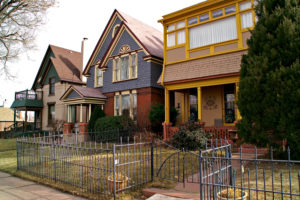

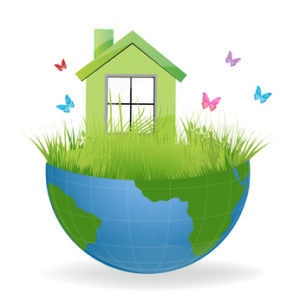



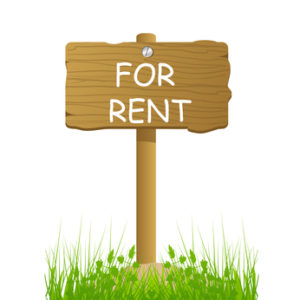

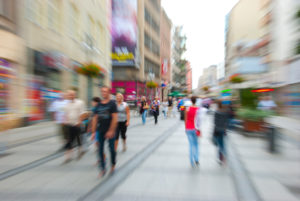

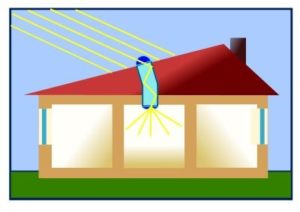
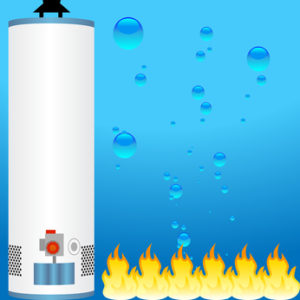
 Water-heater efficiency is a boring topic, but water heating is actually the second largest energy expense in your home, accounting for around 18% of your energy bill. If your water heater is older and less efficient, you can consider getting a newer model, using less hot water, turning down the thermostat on your water heater, OR you can insulate your water heater and hot water pipes.
Water-heater efficiency is a boring topic, but water heating is actually the second largest energy expense in your home, accounting for around 18% of your energy bill. If your water heater is older and less efficient, you can consider getting a newer model, using less hot water, turning down the thermostat on your water heater, OR you can insulate your water heater and hot water pipes.
